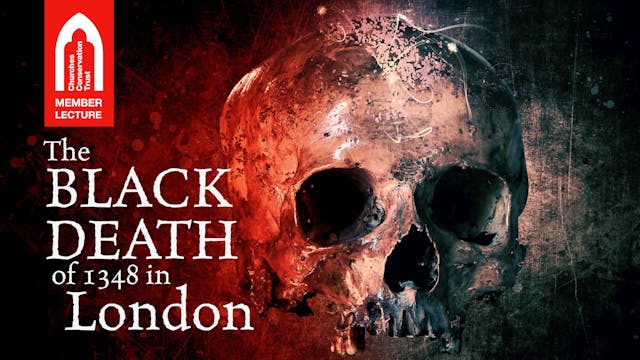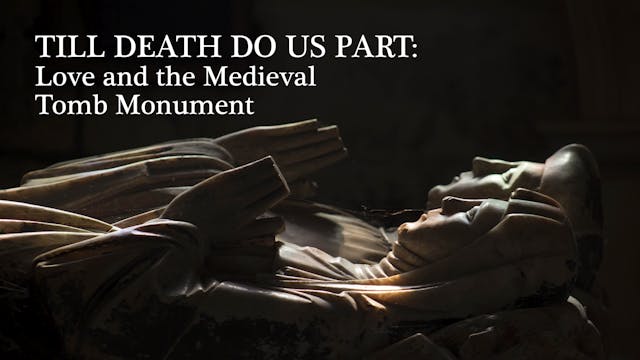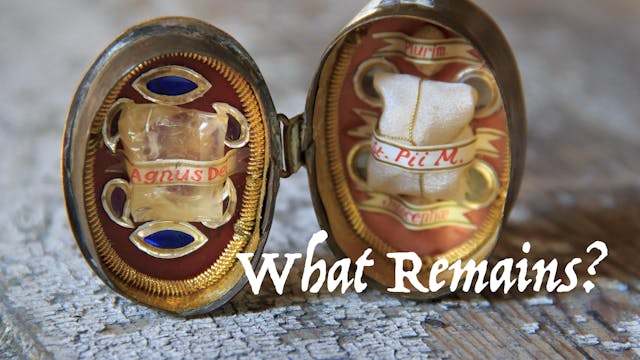The Dissolution of the Monasteries
The Middle Ages
•
1h 15m
The Dissolution of the Monasteries is often characterised as a simple story of greed and appropriation enacted by Thomas Cromwell on behalf Henry VIII, which saw the religious evicted and all England's great abbeys and priories destroyed in less than a decade. Whilst clearly a devastating experience for the former inmates of these monastic houses and the laity who relied upon them, in this lecture Dr Willmott will explore in greater detail what actually happened to many of the monasteries after the Dissolution, suggesting that there is more to the narrative than just the theme of wanton destruction. Drawing together evidence primarily from archaeological sources and surviving remains, he will outline not only how church and cloister were systematically usually dismantled with great care, but in the majority of cases transformed and adapted to new uses over many decades after their initial closure in the 1530s.
Dr Hugh Willmott is a Senior Lecturer in Archaeology at the University of Sheffield, and the Chair of the Society for Church Archaeology. He has conducted excavations at Monk Bretton Priory and Thornton Abbey, as well as the Early Medieval ecclesiastical sites of West Halton and Little Carlton in Lincolnshire. His book, The Dissolution of the Monasteries in England and Wales has recently been released by Equinox Publishing.
Up Next in The Middle Ages
-
The Black Death of 1348 in London
In late 1348, the Black Death entered London. Over the next 9 months, it ravaged the populace killing thousands. This paper provides a detailed look at its arrival, spread and eventual disappearance, and looks at some of the archaeological and architectural evidence for its passage, its final dea...
-
Till Death Us Do Part: Love and the M...
Medieval tombs often depict husband and wife lying side-by-side and hand-in-hand, their love immortalised in elegantly carved stone: what Philip Larkin's poem An Arundel Tomb later described as their "stone fidelity". But there is more to these declarations of post-mortem love than meets the eye....
-
What Remains?: The Gory and Gruesome ...
In medieval Europe, relics of dead martyrs were the ultimate must-have, venerated by princes and paupers alike. And the associated market for them was big business; a huge industry with an infrastructure to match. Crumbling bone, ravaged human hair, withering chunks of flesh, and the blood-soaked...



